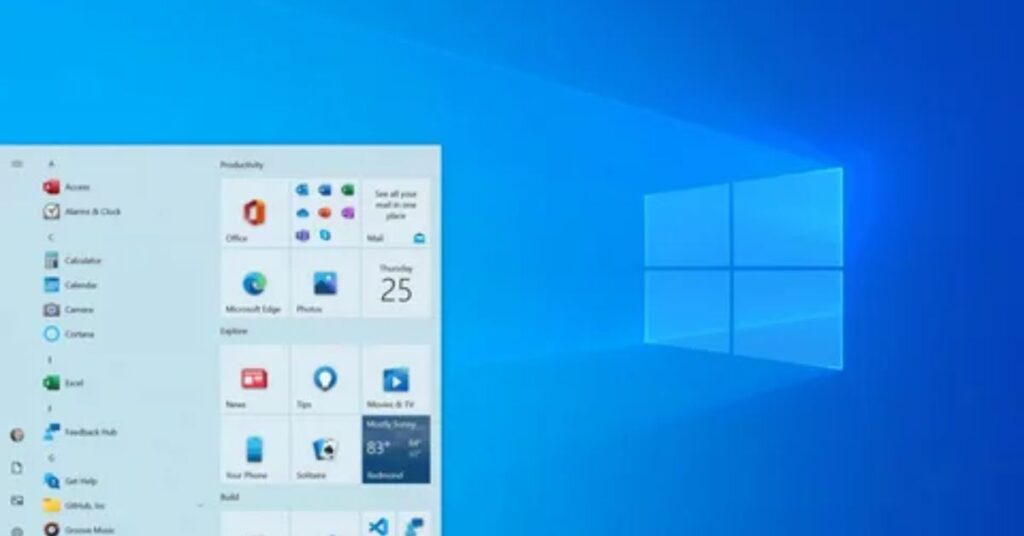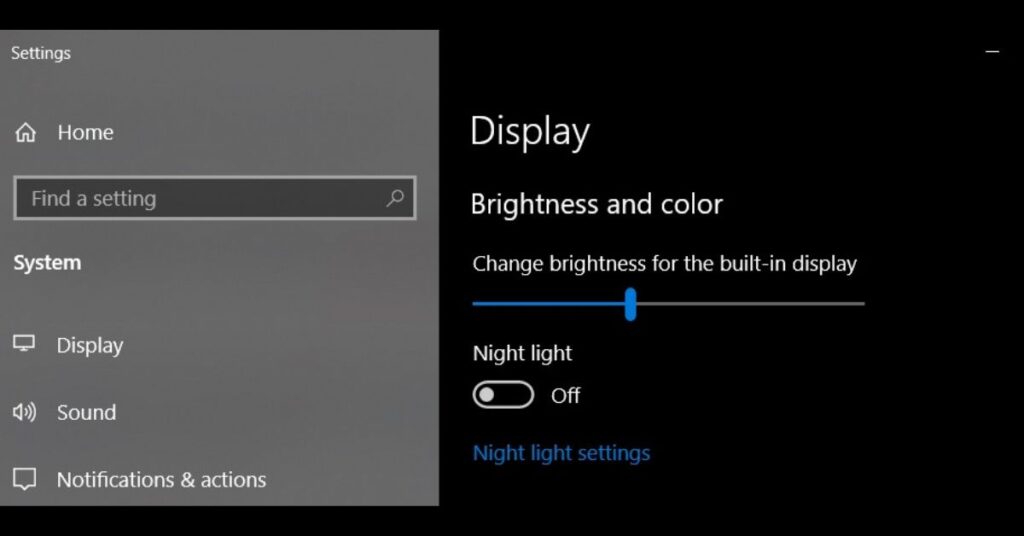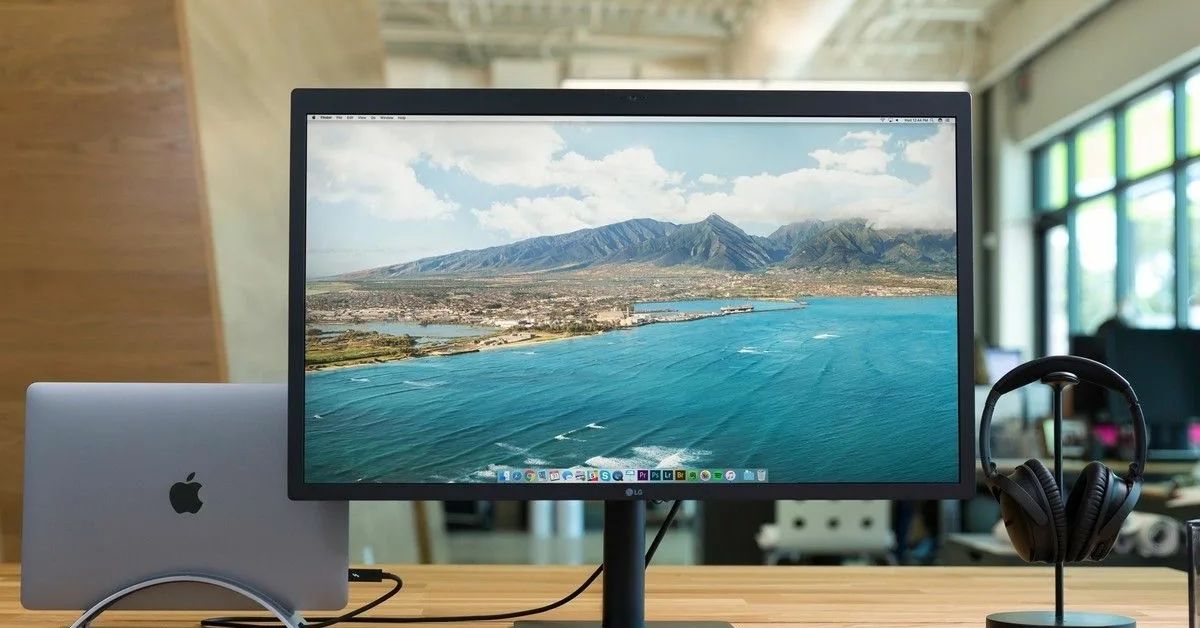To determine if your computer can display 4K, you need to check its hardware specifications. This includes verifying if your monitor supports 4K resolution, ensuring your device has the necessary HDMI 2.0 or DisplayPort 1.2 ports, and confirming that your graphics card can handle 4K output. By examining these components, you can ensure your computer is 4K-ready.
Is your computer ready to deliver the stunning visuals of 4K resolution? Dive into our guide to uncover if your setup can support this ultra-high definition experience. Let’s explore the essential checks and settings to ensure your screen can bring every pixel to life.
To determine if your computer can display 4K, check its display specifications and the capabilities of your graphics card. Look for a resolution of 3840 x 2160 and ensure your monitor supports 4K. verify that your computer has HDMI 2.0 or DisplayPort 1.2 ports for proper 4K transmission.
How Do I Know If My Device is 4K?

Determining if your device is 4K-capable is simpler than it may seem. First, check your device’s specifications. Look for keywords like “4K” or “Ultra HD” (UHD) in the display section of the manual or online description. check for the resolution specification of 3840 x 2160 pixels. This resolution is the standard for 4K displays. If your device mentions this resolution, it is 4K-capable.
Another clue is the type of connections your device supports. HDMI 2.0 or DisplayPort 1.2 are commonly used for 4K. If your device has these ports, it’s likely equipped to handle 4K output.
How To Tell If Your Computer Can Display 4K: Check Your Display Output
Does Your Monitor Support 4K Resolution?
To enjoy 4K content, your monitor must support 4K resolution. Check the technical specifications of your monitor on the manufacturer’s website or in the user manual. Look for terms like “3840 x 2160,” “4K,” or “UHD.”
Connectivity options also play a crucial role. Ensure your monitor has an HDMI 2.0 or DisplayPort 1.2 port, which are necessary for transmitting 4K at smooth refresh rates. Some monitors may support 4K but at lower refresh rates, affecting the viewing experience.
Are the Connectivity Options on Your Device Compatible with 4K?
For a seamless 4K experience, your device needs the right ports and cables. HDMI 2.0 and DisplayPort 1.2 ports are essential for transmitting 4K signals. Check your device’s specifications to see if these ports are available.
Older versions of HDMI or DisplayPort may not support 4K, or they might do so at lower refresh rates. Ensuring you have the correct ports and cables is crucial for enjoying the full benefits of 4K resolution. Without compatible connectivity options, you may experience issues with displaying 4K content.
Read Also this: Technology Giants Control The Global Security
Is Your Graphics Card Capable of Rendering 4K Resolution?

Your graphics card, or GPU, is a critical component for rendering 4K content. Check the specifications of your graphics card to see if it supports 4K resolution. Look for mentions of “4K support” or the specific resolution 3840 x 2160.
Besides resolution support, consider the VRAM (video memory) of your graphics card. A minimum of 4GB VRAM is recommended for 4K, but 6GB or more is ideal for smooth performance, especially in gaming or high-definition video playback.
check the connectors on your graphics card. Ensure it has HDMI 2.0 or DisplayPort 1.2 ports to transmit 4K content efficiently. This combination of specifications will ensure your graphics card can handle 4K output.
What Are the Minimum System Requirements for Running 4K Content Smoothly?
To enjoy 4K content, your computer must meet certain hardware requirements. A capable graphics card is essential. An NVIDIA GTX 1050 Ti or AMD RX 470 are good starting points for 4K video playback and light gaming.
Your processor also needs to be powerful. Intel’s 7th Gen Core i5 or AMD Ryzen 5 or higher are recommended for smooth 4K video. These CPUs provide the necessary processing power for handling high-resolution content.
Adequate RAM is also important. At least 8GB of RAM is needed for 4K content, but 16GB is better for more demanding tasks. Finally, ensure you have sufficient storage, preferably an SSD, to handle large 4K files and improve overall system performance.
Read Also This: How do you Freeze your Computer Screen?
Adjusting Settings for Optimal 4K Experience

How do you adjust display settings in your operating system for 4K?
In Windows 10/11, right-click on your desktop and select “Display settings.” Scroll to the “Display resolution” section and choose “3840 x 2160” if it is available. Once selected, confirm the changes to enjoy 4K resolution.
On macOS, go to the Apple menu, select “System Preferences,” and then click “Displays.” Under the “Display” tab, choose the scaled resolution option and select “3840 x 2160.” This will enable 4K resolution on your compatible monitor.
Fine-Tuning for the Best 4K Experience
After setting the resolution, you might need to adjust the scaling to ensure that text and icons are easily readable. In Windows, this can be done under the “Scale and layout” section in display settings. Choose a scaling percentage that suits your preference.
On macOS, you can adjust the scaling by going to “System Preferences,” then “Displays,” and selecting “Scaled.” Here, you can choose a resolution that makes text and icons more comfortable to view. Properly configuring these settings will enhance your overall 4K viewing experience.
How Do You Adjust Display Settings in Your Operating System for 4K?

Adjusting display settings to achieve optimal 4K performance is straightforward. On Windows, right-click on the desktop, go to “Display settings,” and select the 3840 x 2160 resolution. This sets your display to 4K.
For macOS, go to “System Preferences,” then “Displays.” Select the “Display” tab and choose the 3840 x 2160 resolution. This ensures your Mac is set to 4K.
On Linux (Ubuntu), go to “Settings,” then “Devices,” and “Displays.” Select the 3840 x 2160 resolution to enable 4K. Adjusting these settings ensures you get the best visual experience from your 4K-capable monitor.
Frequently Asked Questions
Do I Need a Particular Type of HDMI Cable for 4K?
Yes, to get the most out of 4K, you should use an HDMI cable of at least version 2.0. HDMI 2.0 supports the high bandwidth required for 4K video at 60 frames per second, ensuring a smooth and clear picture.
Can I Watch 4K Videos on Any Monitor if My Computer is 4K-Ready?
No, your monitor must also support 4K resolution. Even if your computer is 4K-ready, a monitor with at least 3840 x 2160 resolution is necessary to display true 4K content. Without a 4K monitor, you won’t experience the full benefits of 4K resolution.
Will Upgrading to 4K Slow Down My Computer?
Upgrading to 4K can be demanding on your computer’s resources. To avoid slowdowns, ensure your computer meets the recommended hardware specifications, including a capable graphics card, sufficient RAM, and a powerful CPU. This will help maintain performance while displaying 4K content.
How Can I Check if My Computer is 4K-Ready?
Check your computer’s specifications for a 4K-capable graphics card, a multi-core processor, at least 8GB of RAM, and a 4K monitor. Ensuring your system meets these requirements will confirm if it’s ready for 4K content.
What Do I Do If My Computer Supports 4K But is Still Experiencing Issues?
First, ensure all your drivers, especially your graphics card driver, are up to date. Check that you’re using the correct HDMI or DisplayPort cable and that it’s securely connected. If issues persist, seek help online or consult forums for troubleshooting tips.
Conclusion
Ensuring your computer can display 4K is crucial for an immersive and detailed viewing experience. Start by checking your device’s specifications, including the monitor, connectivity options, and graphics card. Make sure your system meets the minimum hardware requirements, such as a capable graphics card, powerful processor, and sufficient RAM.
Adjust your display settings to achieve optimal 4K performance. This guide has provided a comprehensive overview of the steps and considerations needed to determine if your computer can display 4K. By following these guidelines, you’ll be well on your way to enjoying stunning 4K visuals on your computer.

Sallas: Tech-savvy professional with 5 years in the industry. Skilled in software development, cloud computing, and AI. Known for innovative solutions and teamwork.








